Trolling is taboo for bass anglers. We don’t do it. But why is that? Trolling for bass is a great way to locate large schools, and it’s the perfect way to fish during the middle of the day when bass move deeper into the water.
The problem is, most people don’t know how to troll for bass. It’s important that you have the right trolling techniques and strategies. I’ve put this guide together based on years of experience, discussion with other anglers, and hours of online research.
By the end of this guide, you’ll see that trolling earned its place in the bass angler’s dictionary.
What is Trolling Fishing?
Trolling might be a three-letter word to many bass anglers, but you might not even know how to troll for bass. If you’re unsure what trolling even is, let me make it simple for you. Trolling involves dragging your lures through the water while the boat is slowly moving.
This technique makes it simple to fish without holding the rod or creating any type of presentation. The movement of the boat creates a presentation for you.
Trolling Techniques For Bass
Now that you understand what trolling is let’s talk about the top bass fishing techniques to use when trolling. These have always worked for me, whether I’m specifically targeting bass or just dragging my lure through the water on the way back to the launch.
Surface Trolling
Surface trolling is exactly what it sounds like. It’s the process of dragging your lure through the water on the surface above the underwater structure.
Doing this is most effective when water temperatures start to cool off in the evening on a summer night or when summer is winding down towards fall, and things have cooled down a bit. This is when the bass start to come to the surface to feed on the critters that hang out there.
The best way to surface troll is to move your rod back and forth in long, slow motions to keep the lure in and out of the wake.
Make sure you keep a loose drag to avoid twisting, and adding a snap swivel to the line will also help prevent this. Trolling for largemouth bass works best by casting out at least 50 feet away from the boat and let the lure drag behind.
If you’re trolling through weedy areas, you’ll want to use a weedless rig, and I suggest using a jitterbug, chugger, or something similar. You want a noisy lure because all the presentation of the lure comes from trolling through the water. You don’t need to move the lure at all, so to get any attention, the lure needs to make some type of noise.
Deep water Trolling

Deep water trolling is most common when fishing in saltwater, and this strategy is used when trolling for striped bass. You want to let 100 yards of line out and make sure to keep a long-distance between you and your lure.
It’s not recommended to use a holder when you’re fishing at this distance because you’ll have a hard time seeing any strikes. You need that feel on the rod if you’re going to catch anything.
A downrigger with rod holders is also recommended because it allows you to set the depth and keep it there. Go ahead and use a weight, cable, and attached fishing line that trips when you get a fish on. This is a popular fishing strategy with charters on large deep-sea fishing vessels. It’s the perfect strategy if you prefer a more passive way of fishing, but it does take away from the experience a little.
Trolling Planer
Using a trolling planer is a unique strategy that is deployed on a lot of fishing boats and charters. It’s essentially a way for you to fish two lines at two different depths in the water column.
You’ll run your main line from the rod into the water and then hook the mainline to the planer using a swivel and run a secondary line from the planer a little bit deeper. I would recommend using a heavier line the deeper you go.
If you’re deep water fishing, you’ll likely want something in the realm of a 30-lb test hooked to your deeper line, and you can set that as deep as 100 feet back.
Most anglers use a double planer board, but triple planer boards enable you to hold three different depths at the same time. This unique but powerful strategy does take away from the sport of fishing a little, but it’s important to have these kinds of options when deep-sea fishing for striped or white bass.
Best Time to Troll for Bass

So the big question is, if trolling works so well, when should you do it? We all understand basic bass fishing rules. You fish shallow water along the shoreline in the morning and in the evening. But what do you do with the rest of the day?
Most of us just keep using the same strategy even though we never catch bass between 10am and 5pm. It’s time to add another fishing strategy to your arsenal, and that’s trolling with crankbaits and swimbaits during the middle of the day.
Trolling for bass is a great way to catch big bass when they move from the shallows to deeper water in search of more moderate temperatures. When you find these perfect conditions, bass are easier to find in deeper water because there is more oxygen there.
The reason this happens is that their prey, shad, shiners, and minnows, also move to this area. There’s no way to tell you exactly what depth you should fish, but I recommend staying around 15-25 feet and always play along structure like drop-offs, weed lines, and transitions.
Water clarity is a big factor, too, and something you certainly want to pay attention to. Trolling doesn’t offer a fancy presentation, so you need to rely on noise or the bass’s ability to see the lure. When the water is clear, bass are more prone to moving to deeper water and striking your lures. If the water is murky, consider staying closer to shore.
Best Trolling Lures For Bass Fishing
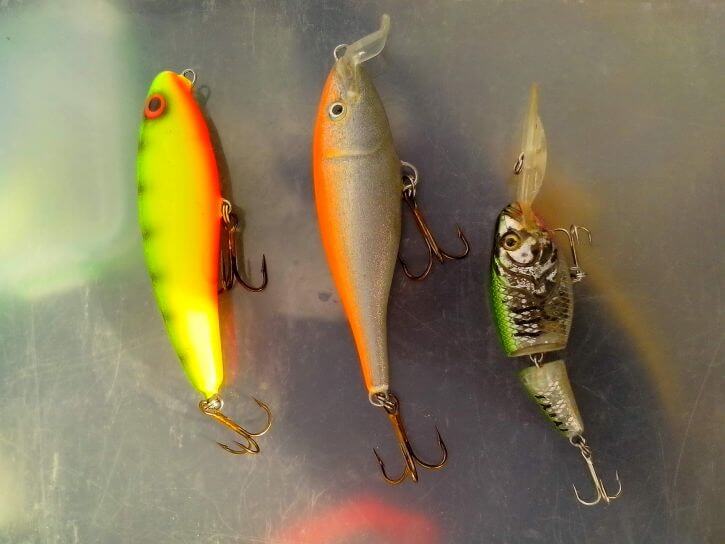
I know that trolling is a lazy man’s fishing strategy, and it doesn’t require a lot of skill, but as anglers, it’s up to us to deploy every technique we can to catch as much bass as possible. At least that’s what I tell myself!
If you can learn all different types of techniques, you’re making yourself a better angler, and part of knowing how to troll properly is knowing what lures work best for this strategy.
Some techniques require an active presentation with a lot of erratic jerking, rod lifting, and movement, while others don’t require much at all. Trolling for bass involves almost no presentation on your part but instead letting the lure and motor do its thing.
So, for trolling to work best, you need a lure that creates its own presentation and doesn’t require any action on your part. When I take these factors into consideration, three lure types come to mind.
Crankbaits
The ideal choice for trolling will always be a crankbait. You’ll fish them in the strike zone, and they’re the best way to entice aggressive bass. When you’re trolling, you also want to feel around for structure, if you don’t have a GPS fish finder, so crankbaits are a great way to get an idea of what you’re dealing with on the bottom.
You don’t need a ton of options, go with a crankbait that mimics the colors of your surroundings, and if you’re fishing in clear water, you can go for something more modest. If the water is murky and you’re worried about bass seeing your lure, go for something a little brighter.
Rapala crankbaits are a nice choice, and I recommend fishing sizes five and six as deep as 15 feet if you’re fishing midday and a little shallower if it’s early or later in the day.
To troll with crankbaits, you’ll want to start shallow and work your way deeper and deeper until you figure out where they are in the column. Once you do this, drop a pin on your fish finder and continue to fish that area until you’re not getting any nibbles. Then you can start trolling again.
Swimbaits
Another great choice is swimbaits, and their simple presentation works perfectly when trolling. Use a ¾ ounce jig head with a five-inch swimbait and mimic your surroundings’ color and water clarity again.
I’d recommend going a little closer to shore with this strategy, and if you can find a bank to troll along, you’re golden.
Every now and again, give your rod a little tug to create diversity in the presentation, and that’s how you’ll entice them to bite.
Spinnerbaits
Spinnerbaits are one of my favorite lures in general, and they’re also a solid choice for trolling. Many people use these when fishing for walleye and trout, but you can use them for bass trolling as well.
Their weedless design works perfectly if you’re fishing in dense cover and the flash and vibration they give off provide the perfect presentation when you’re moving them through the water. Spinnerbaits will help with catching fish in open water including smallmouth, largemouth, and walleye.
If you’re surface trolling through weeds, you’ll want to use a ¾ ounce spinnerbait because the extra weight will help you move naturally through the structure, and definitely use a double willow blade spinner.
Trolling Rigs for Striped Bass
Now let’s talk about deep-sea trolling for striped bass. This technique is a completely different ball game than backwater fishing for two-pound bass. There’s five primary trolling rigs you’ll use for this.
Tube and Worm Rig – For this, you’ll use a seven-foot conventional rod with a 45-pound trolling line and 40-pound fluorocarbon leader. It works best when fishing in the middle of the day in warm water during the spring and summer months.
Bunker Spoon – Spoon fishing is great for striped bass trolling, and you’ll want to use a trolling reel called the Shimano Tekota 600 or 800 for this. Get a 50-pound line and 60-pound fluorocarbon leader.
Umbrella Rig – The umbrella rig is my favorite trolling strategy for stripers, and it works best for schooling and prospecting. You can use the same reel as we did for the spoon but pair it with a 100-pound fluorocarbon leader and 50-pound test. Go with a paddle-tail shad off your swivels.
Mojo Rig – The mojo rig works well in deeper water, and for this, you’ll use a 65-pound braided line with a 100-pound fluorocarbon leader. Let the lures hit bottom, wait a few seconds, engage it, and repeat that process over and over.
Deep Diver Rig – For deep water prospecting, you’ll want to take a diver and pair it with a 50-pound braided line and 50-pound fluorocarbon leader. You can speed up your trolling a bit here but make sure you’re hugging the bottom and working your way up in the water column. Experiment with different plugs if you’re not having any luck.
Trolling Tips and Tricks to Catch More Bass
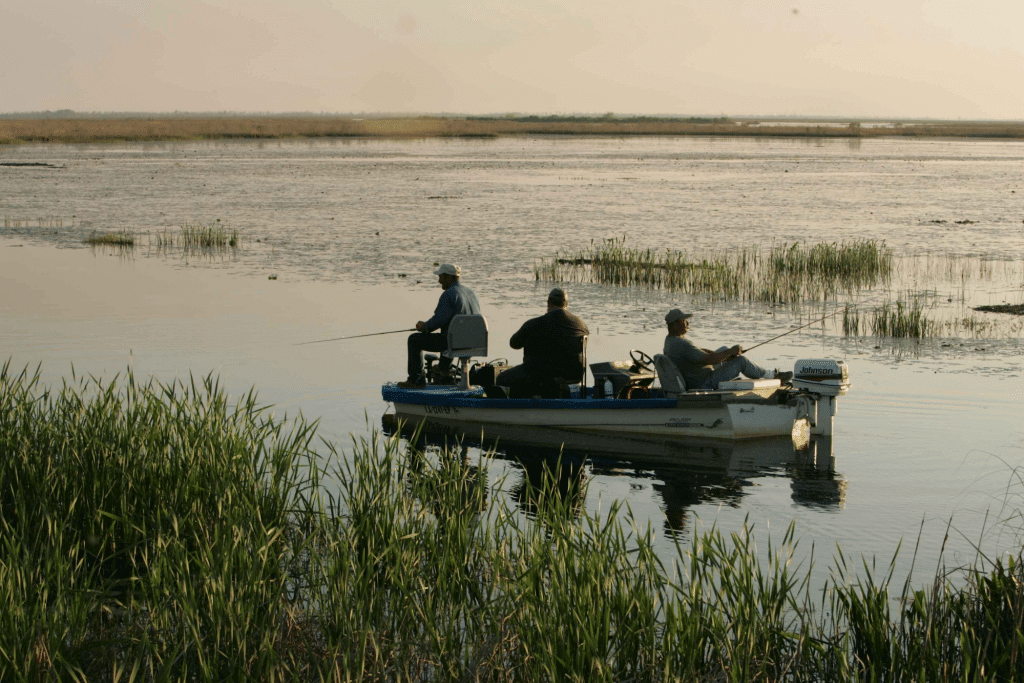
Before we wrap this up, I want to give you some of my best trolling tricks. These are all pretty obvious, but it’s worth mentioning if you’re still craving a little more troll talk.
Use a Fish Finder
Trolling requires you to have an idea of where the bass are. If you don’t, you’re likely trolling to figure out where they are. To better know how deep they are and understand what the underwater landscape looks like you should use the best fish finder so you can target them better.
Since you’re constantly moving, you can cover a lot of water too, and that will help you get a great picture of where the bass would hide even in the future. Make sure you’re actively marking locations where you got a nibble and highlight points of change in the underwater structure.
Choose the Right Lure
It’s a no-brainer that choosing the right lure is an important factor when trolling. You can’t just use anything you want and expect it to work because certain presentations don’t work with trolling.
You need a lure that relies on the motion of the boat to create the presentation. Lures like jigs and jerkbaits won’t work as well with trolling. It’s also important to understand how the rig impacts your success. Rigging a worm wacky style will not work for trolling because it requires a vertical presentation.
Get the Speed Right
Speed is everything when it comes to trolling. If you’re going too fast, the bass will not keep up, and they may feel intimidated and pass on your lure. If you’re too slow, the presentation won’t look right, and they’ll get spooked.
You’ll want to experiment here and figure out what works for you. There’s no right or wrong answer when it comes to speed, but you need to find what lure you like the most and the speed that works best.
Final Thoughts
Trolling for bass is a great way to cover a lot of water in a short amount of time while figuring out what type of structure you’re dealing with. If you’ve always assumed trolling doesn’t work for bass, you’re definitely mistaken.
It works, but you need the right technique, the right lures, and the right attitude. Trolling might take some time for you to learn but if you have an open mind, expect to find bass in places you never imagined.

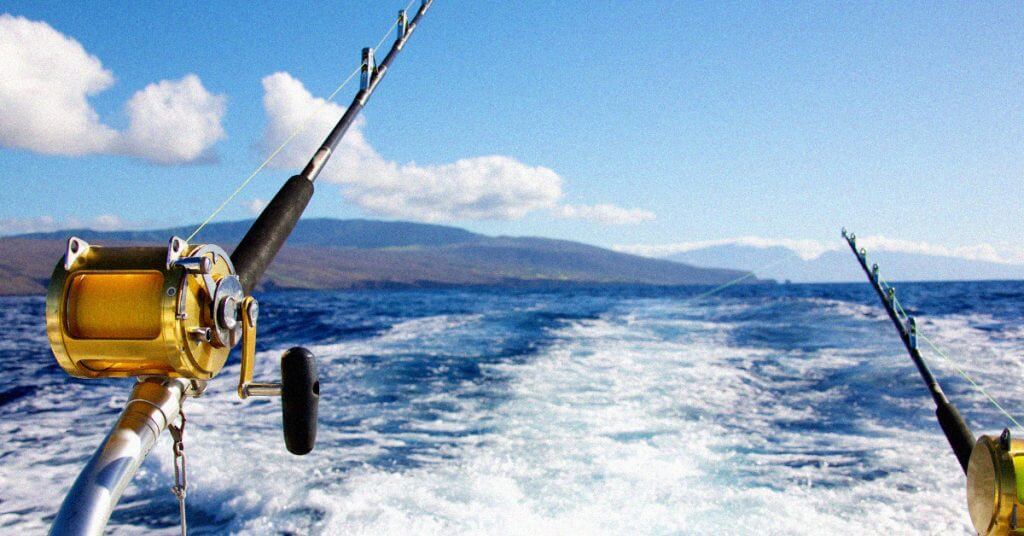
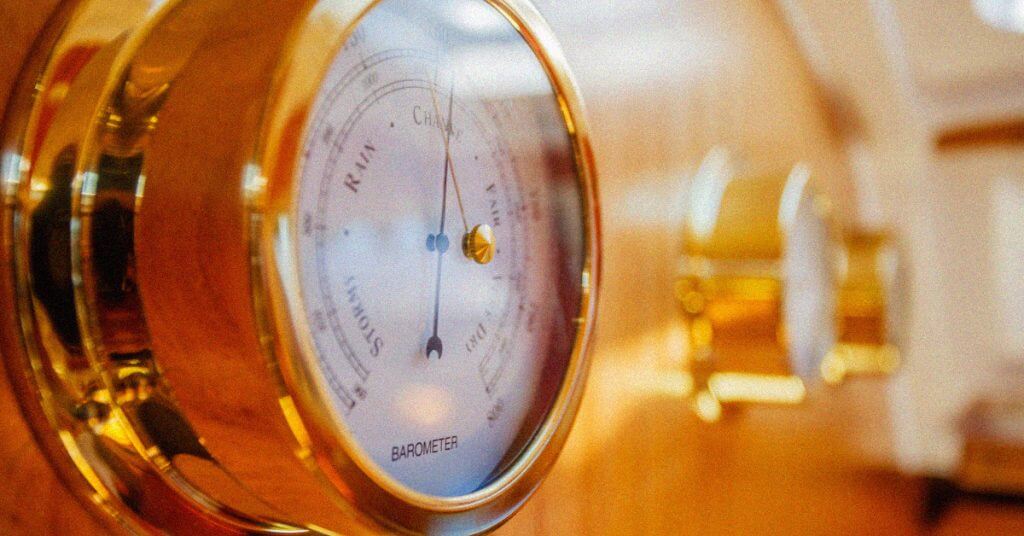
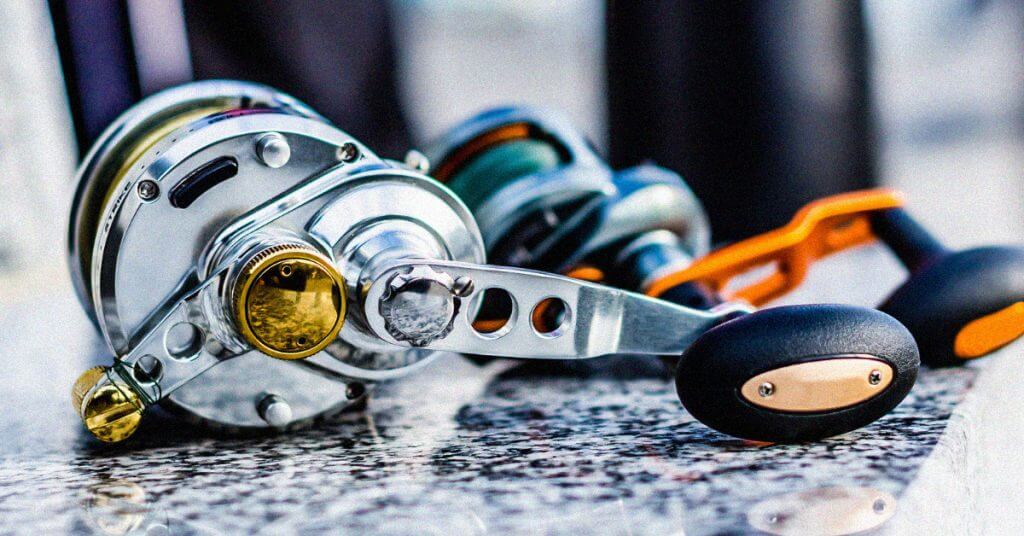
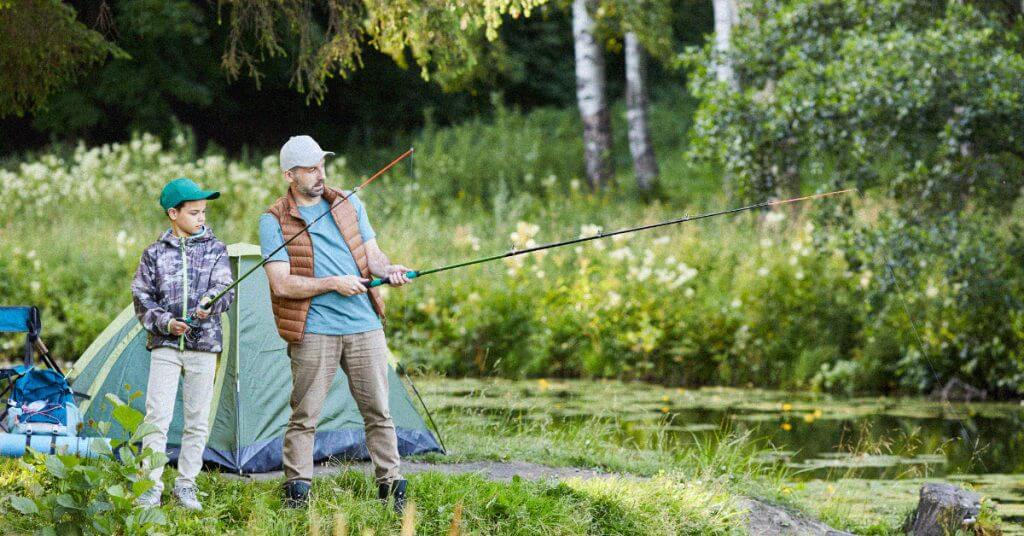
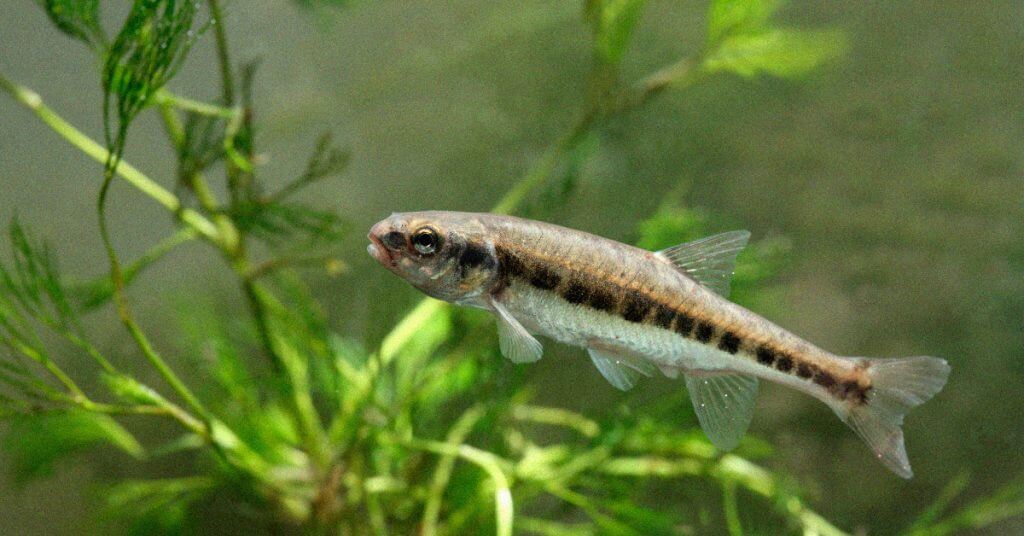
This is all fantastic information. I LOVE to troll for bass and learning everything possible is key. I’ve caught 78 bass in the past few months. Mostly small and none over 5.5lb. most range around 3lb but always fun.
Thanks for the kind words Martin and those are some sweet numbers! I can’t tell you how many monsters I’ve lost trolling for bass. Usually hook em by accident so I don’t react quick enough. Caught plenty, lost plenty too! haha
Fishing lake Conroe Texas for the first time . Thought trolling on Waverunner set up would be good , while cruising shoreline and little deeper waters.
It almost seems like you never heard of Buck Perry. From the lures to the actual trolling, you may want to do some more research into his methods.
Cheer!
David